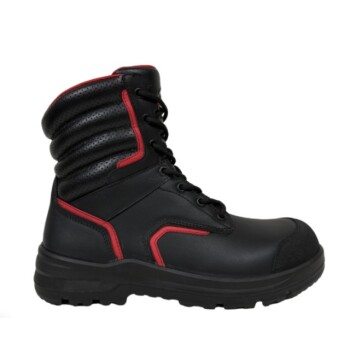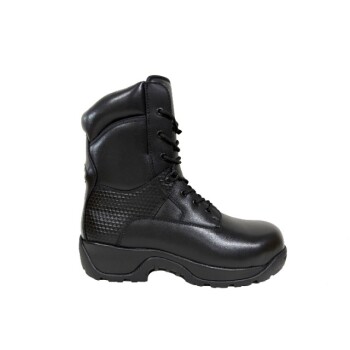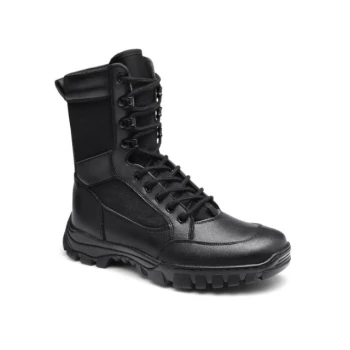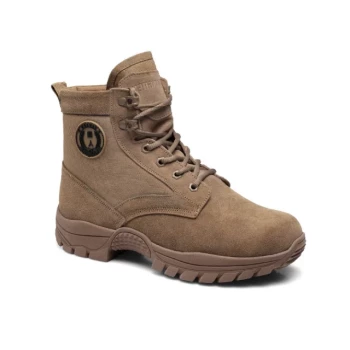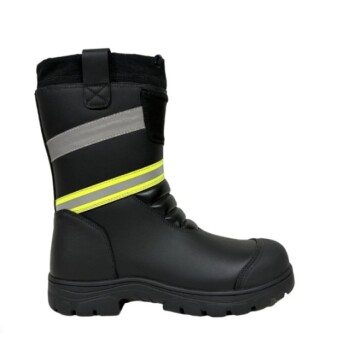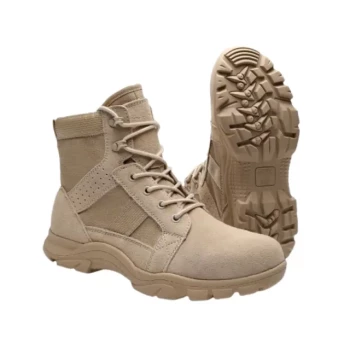Absolutely. Dress boots are a well-established and versatile category of footwear that elegantly combines the structure and sole of a boot with the refined upper of a dress shoe. They offer a stylish and often more weather-appropriate alternative to traditional shoes, capable of being worn with everything from business suits to smart casual attire.
The term "dress boot" can be confusing because it refers to two distinct categories: sleek, stylish boots meant to be worn with suits (like an Oxford or Wingtip boot), and highly specialized, stiff equestrian boots used for dressage. For office and social wear, you are focused on the former.

What Defines a True Dress Boot?
Understanding the core characteristics of a dress boot allows you to distinguish it from more rugged or casual alternatives. The key is that its upper portion resembles a formal dress shoe.
A Sleek, Refined Profile
The most critical feature is a slim silhouette. Unlike work boots, a dress boot should not be bulky. It should have a clean profile that can fit comfortably under the cuff of a dress pant or suit trouser.
High-Quality Materials
Look for boots crafted from smooth, polished, or burnished leather. These materials signal formality and sophistication. Suede can also be an option, but it leans more towards business casual than formal suiting.
Formal Construction Details
Many of the most formal dress boots feature a closed lacing system (known as Oxford construction), where the eyelet tabs are stitched underneath the vamp. This creates a cleaner, more formal appearance identical to an Oxford dress shoe.
Common Styles of Fashion Dress Boots
Just like dress shoes, dress boots come in several classic styles, each suited for slightly different levels of formality.
The Cap-Toe Boot
This is arguably the most versatile and formal style. A horizontal line of stitching across the toe box (the "cap") creates a look of classic elegance, making it a perfect partner for a business suit.
The Wingtip (Brogue) Boot
Characterized by its decorative perforations (broguing) and a pointed toe cap that extends back along the sides of the boot, the wingtip adds a distinct flair. It is slightly less formal than a cap-toe and pairs exceptionally well with tweed, flannel, or business casual outfits.
The Plain-Toe Boot
With its minimalist, unadorned vamp, the plain-toe boot offers a clean and modern look. Its simplicity makes it highly versatile, easily dressing up or down depending on the rest of the outfit.
Distinguishing from Equestrian Boots
It is crucial to note that the term "dress boot" is also used in the equestrian world to describe dressage boots. These are not the same thing.
Purpose-Built for Riding
Equestrian dress boots are tall, extremely stiff, and often lack laces. Their rigid construction is designed to support a rider's leg and maintain a specific position in the stirrup.
Not for Casual Wear
These boots are highly specialized technical gear. Due to their stiffness and height, they are impractical and inappropriate for wearing with a suit or for walking around an office. When you search for dress boots, ensure you are looking at fashion footwear, not riding equipment.
How to Choose the Right Dress Boot
Your choice should be guided by the context in which you plan to wear the boots.
- If your primary focus is pairing with business suits: A sleek Cap-Toe Oxford boot in black or dark brown leather is the most appropriate and timeless choice.
- If your primary focus is elevating business casual: A Wingtip boot in brown, oxblood, or even a dark suede offers more personality while maintaining a professional look.
- If your primary focus is maximum versatility: A Plain-Toe boot with a slightly more relaxed Derby (open-lacing) construction can seamlessly transition from the office to the weekend.
Choosing the right dress boot adds a sophisticated and practical dimension to your wardrobe.
Summary Table:
| Feature | Description |
|---|---|
| Profile | Sleek, slim silhouette designed to fit under dress pants. |
| Materials | High-quality polished or burnished leather; suede for a more casual look. |
| Common Styles | Cap-Toe (most formal), Wingtip/Brogue (distinct flair), Plain-Toe (versatile and modern). |
| Key Distinction | Fashion boots for office/social wear vs. stiff, tall equestrian dressage boots (not for suits). |
Ready to Elevate Your Footwear Collection with Premium Dress Boots?
As a large-scale manufacturer, 3515 produces a comprehensive range of high-quality footwear for distributors, brand owners, and bulk clients. Our production capabilities encompass all types of dress boots—from sophisticated cap-toe and wingtip designs to versatile plain-toe styles—ensuring you receive durable, stylish, and perfectly crafted boots for your market.
Contact us today to discuss your needs and discover how we can help you supply exceptional dress boots that meet the highest standards of quality and style.
Visual Guide
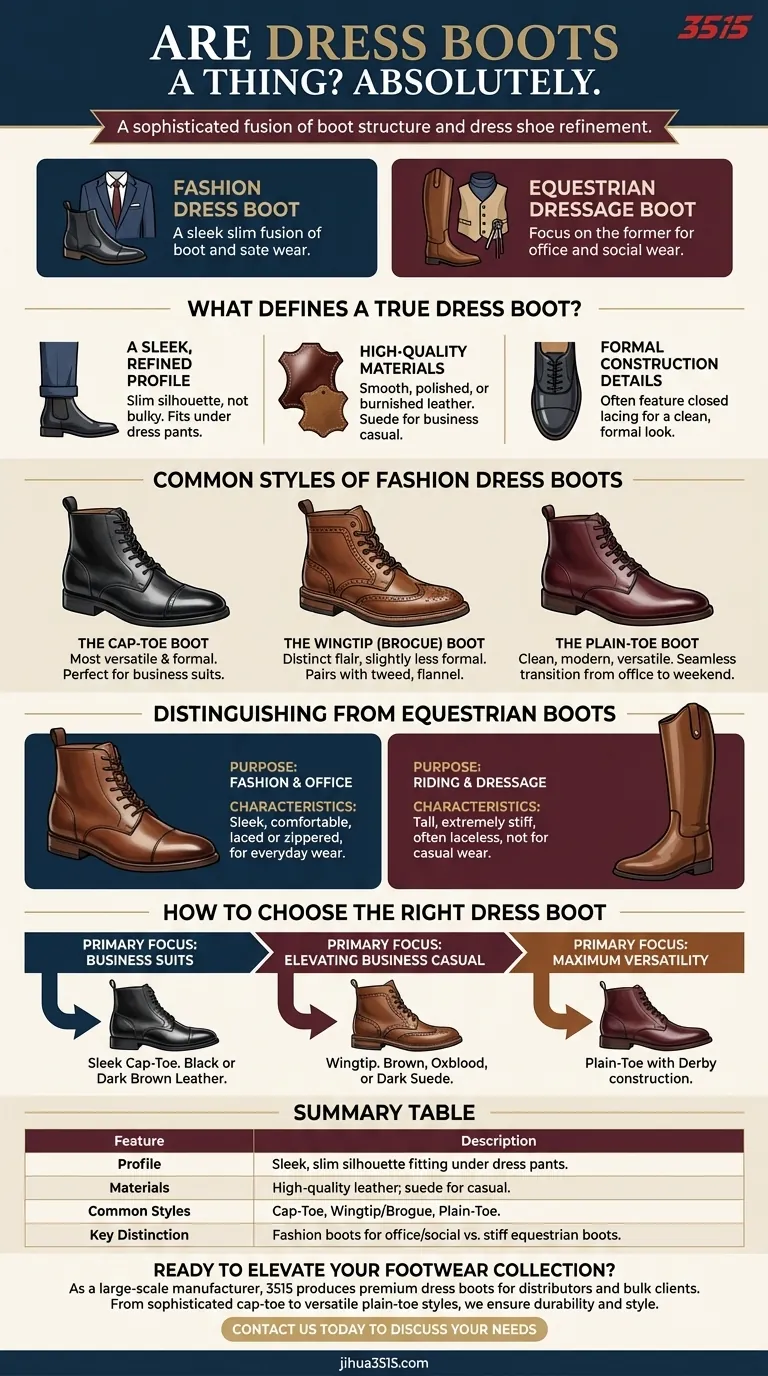
Related Products
- Factory-Direct Wholesale Canvas Boots with High-Traction Rubber Soles
- Wholesale High-Traction Camo Boots - Custom Manufacturer for Brands
- Factory Direct Wholesale Rain Boots Durable Waterproof & Fully Customizable
- Customizable Anti-Smash Safety Boots for Wholesale & Private Label Manufacturing
- Premium Wholesale Waterproof Safety Boots High Performance Protection for Industrial Markets
People Also Ask
- Why is rubber commonly used for non-slip soles? The Science of Superior Grip
- What should be avoided when storing boots with outsoles? Protect Your Investment from Dry Rot & Decay
- What is a vulcanized sole? Discover the Secret to Superior Flexibility and Grip
- Why are rubber soles beneficial in cold-weather boots? Superior Traction & Waterproofing
- What types of rubber are typically employed in non-slip footwear soles? Your Guide to Maximum Grip and Safety




